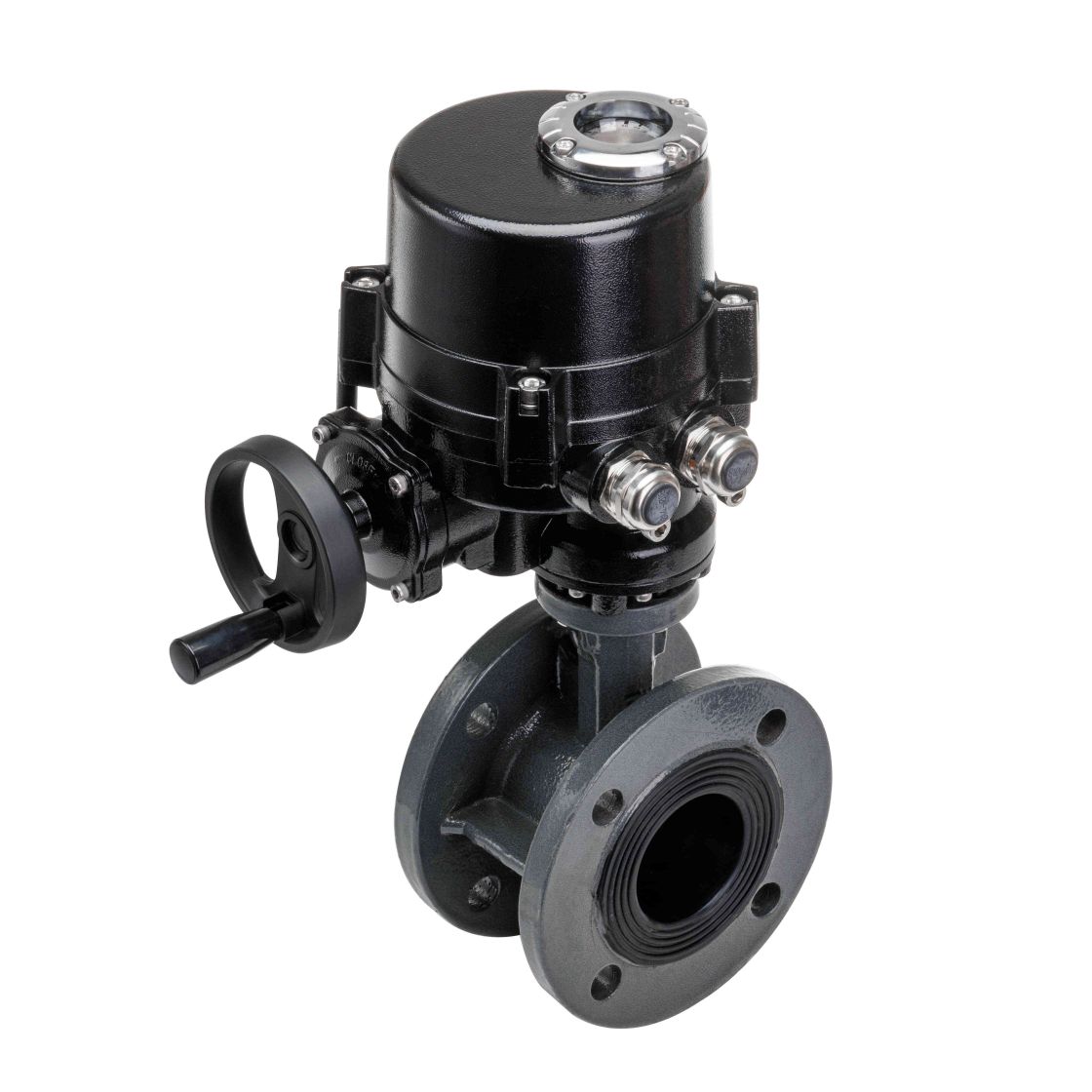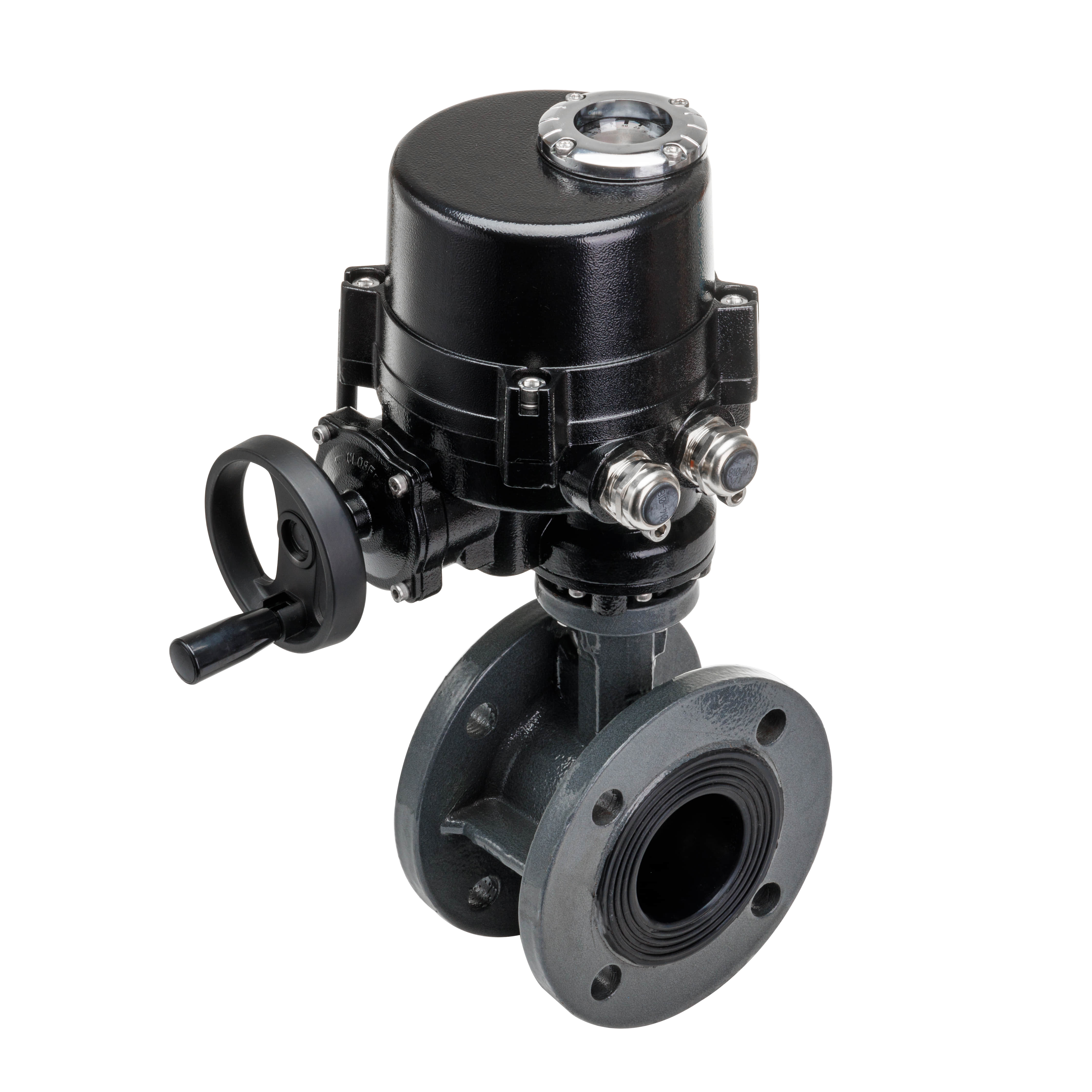
The WCB Electric Ball Valve is a critical component in modern industrial automation, widely used for controlling the flow of fluids and gases in various systems. This type of valve combines the reliable functionality of a ball valve with the precision of electric control, making it a valuable solution for industries ranging from oil and gas to water treatment, food processing, and beyond. In this article, we will explore the features, advantages, and applications of the WCB Electric Ball Valve, shedding light on why it is an essential tool in many industrial processes.
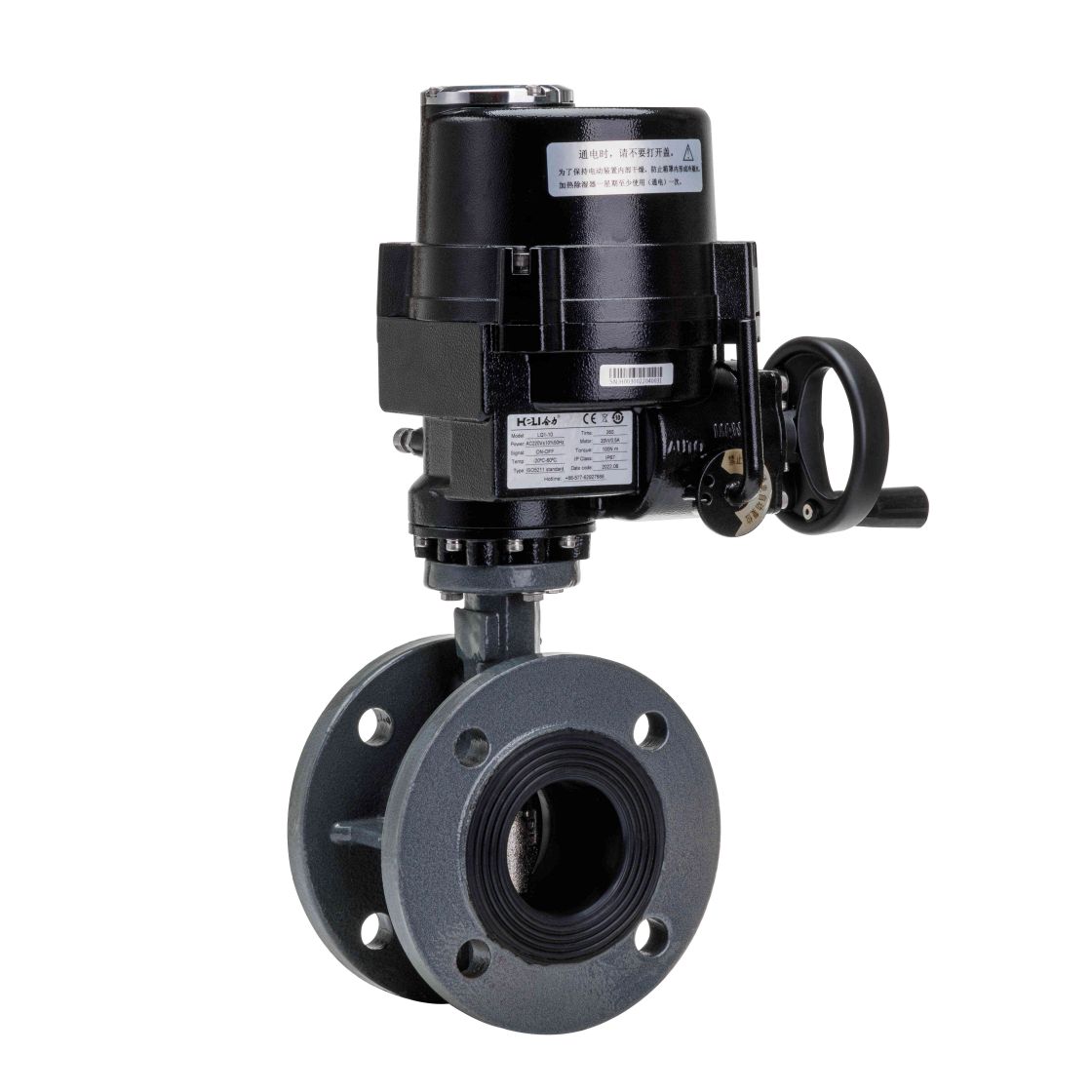
What is a WCB Electric Ball Valve?
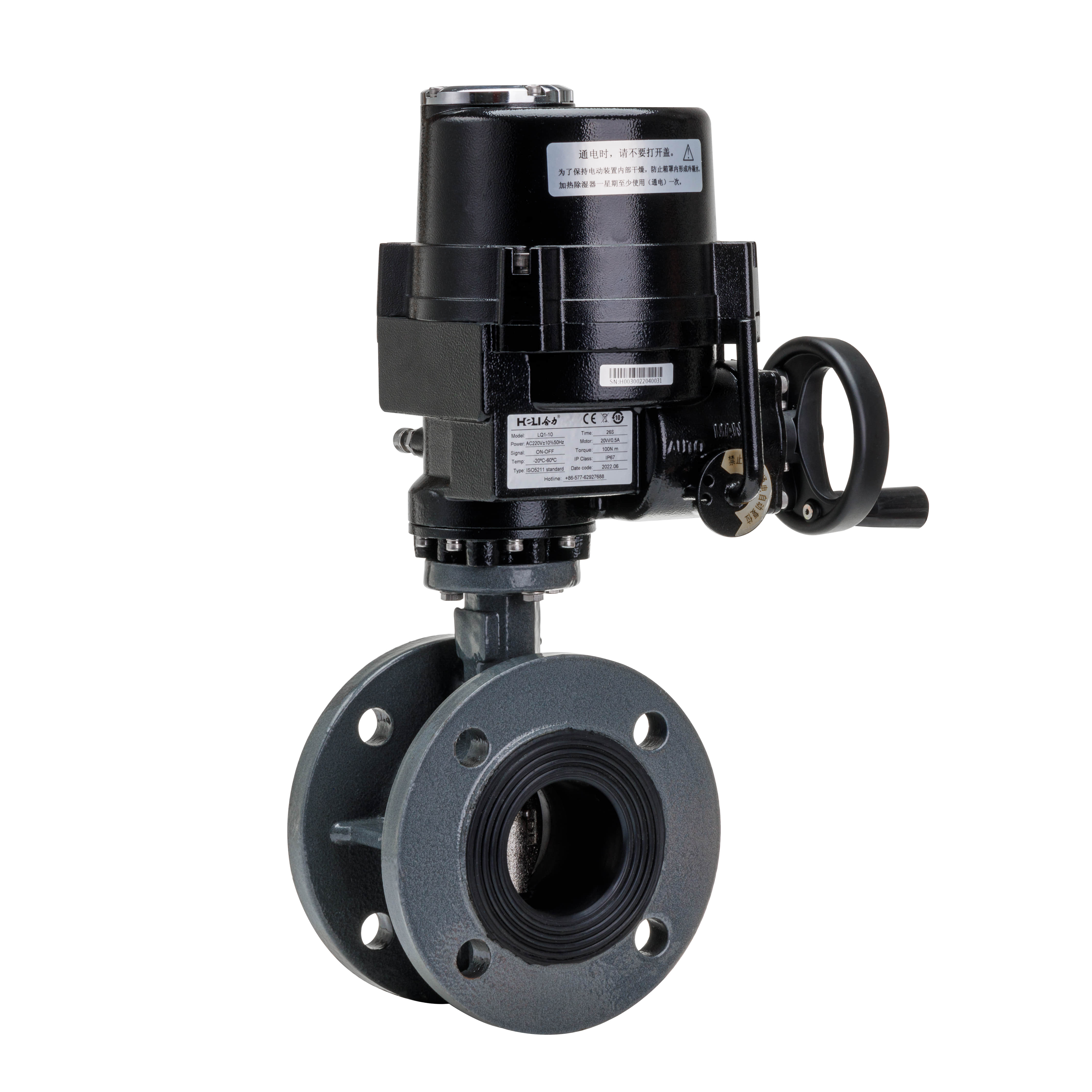
The WCB Electric Ball Valve is an automated valve that utilizes an electric actuator to open, close, or modulate the valve’s ball, thereby regulating the flow of a medium through a pipeline. The WCB designation refers to the valve’s construction material, which is usually carbon steel (WCB), a durable and corrosion-resistant material ideal for handling high-pressure systems. This type of valve is particularly effective in controlling the flow of liquids and gases in applications that require precise and automated control.
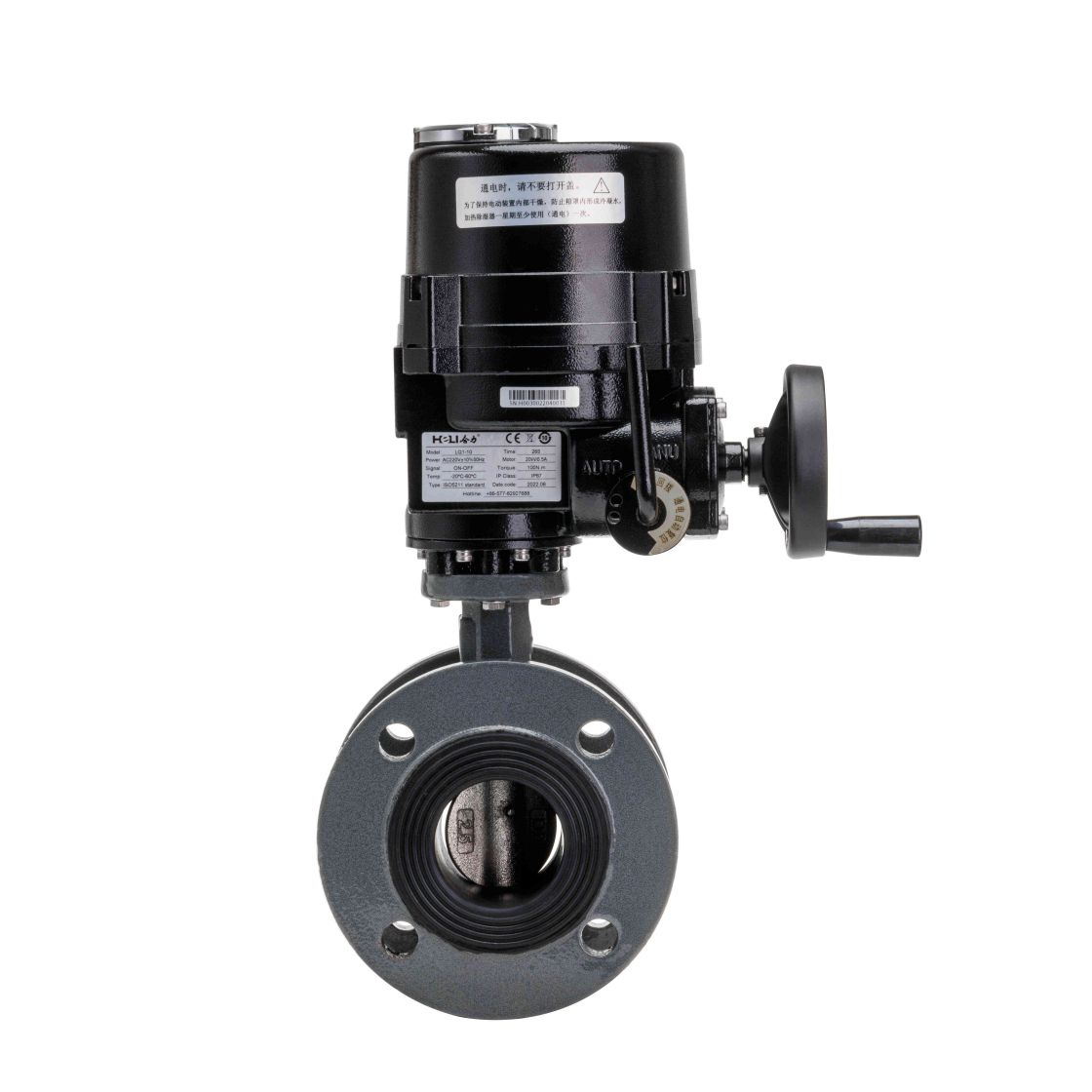
The valve consists of several key components:

Valve Body: The main housing, often made from WCB carbon steel, which ensures strength and resistance to corrosion.
